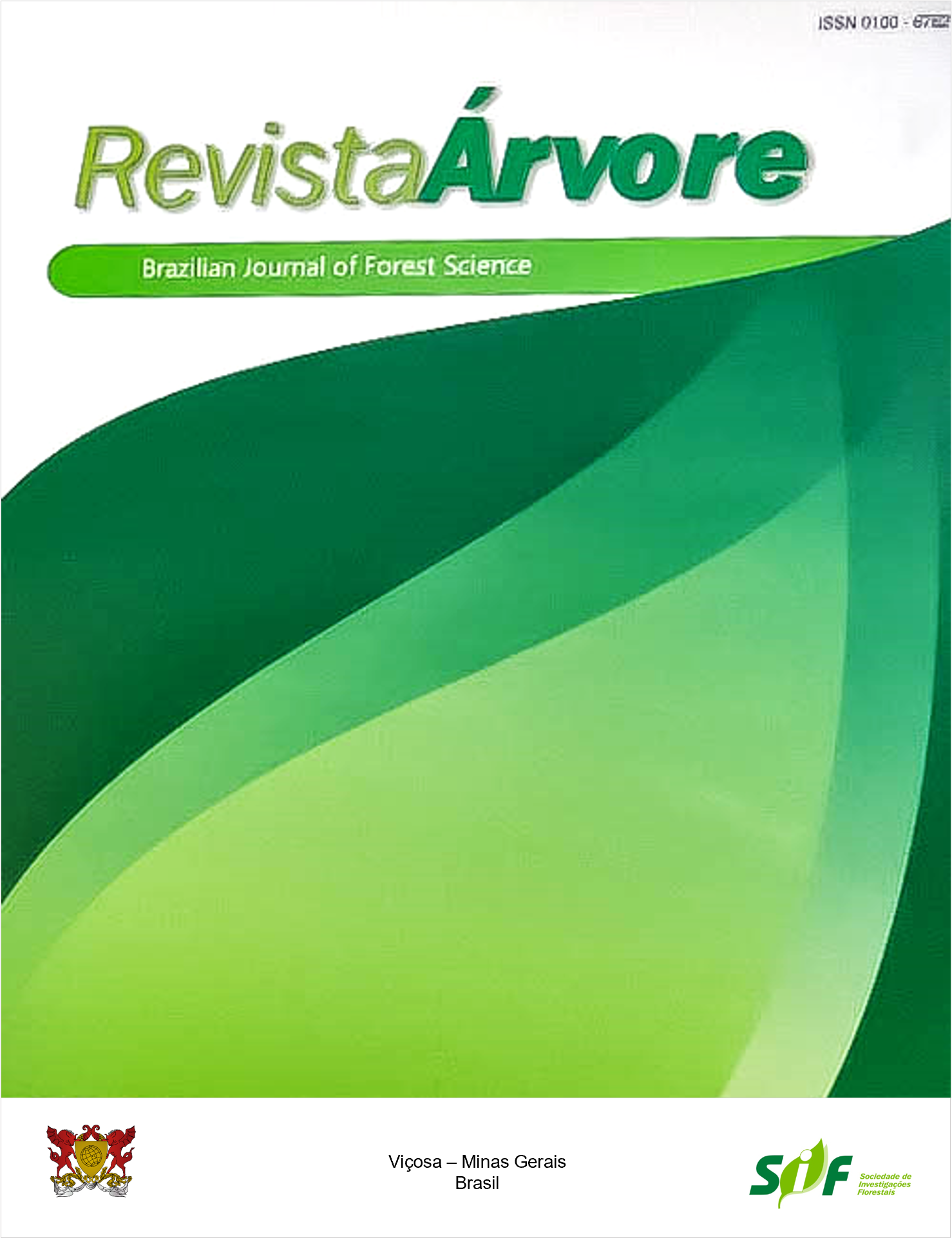ASSESSMENT OF THE PHYSICAL AND PHYSIOLOGICAL QUALITY OF Piptadenia gonoacantha SEEDS (MART.) J. F. MACBR. USING IMAGE ANALYSIS
Keywords:
Native species, X-ray, VigorAbstract
The assessment of the quality of native forest species seeds is extremely important and, in this sense, it is necessary to integrate new technologies that can complement the quality analysis traditionally used. This study aimed to evaluate the physical and physiological quality of Piptadenia gonoacantha seeds using image analysis techniques and to relate aspects of tissue integrity with physiological attributes. Seeds from 10 lots were collected and submitted to automatic and visual analyses of radiographic images, with the determination of parameters related to tissue density and seed filling. After the X-ray test, the seeds were subjected to physiological analyses of germination and vigor. It was observed that the lots that presented higher values of tissue density, filling, and solidity, presented higher germination and vigor. It was also evident that the damage present in the seeds was causally related their physiological condition. Therefore, the results showed that the use of the X-ray technique in seeds combined with the automated analysis of the radiographs is efficient in the evaluation of the internal morphology of P. gonoacantha seeds. The physical integrity of the seed tissues is directly related to the physiological quality and allows the classification of different lots as to vigor. Visual analysis of digital radiographs is adequate to identify malformation in P. gonoacantha seeds.
Keywords: Native species; X-ray; Vigor
Downloads
Published
How to Cite
Issue
Section
License
Copyright (c) 2021 Revista Árvore

This work is licensed under a Creative Commons Attribution 4.0 International License.
All authors agreed to submit the work to Revista Árvore and granted the exclusive license to publish the article. The authors affirm that it is an original work and has not been previously published elsewhere. The scientific content and opinions expressed in the article are the sole responsibility of the authors and reflect their opinions, not necessarily representing the opinions of the editorial board of Revista Árvore or of the Society of Forest Investigations (SIF).




